I had mentioned a while back that I was going to be reviewing some classic graphic novels or comic collections. Part of the reason I wanted to do this was to review this particular story. I have been interested in reading it since we have found out that it will be a big influence on the upcoming Batman V. Superman movie. I’ll be honest, despite considering myself a bona fide geek, I had never read this book before. There are a couple of reasons for this. Number one, I am not a big Batman fan. I am sure I have mentioned that before, but I’ll mention it again. Bats is dark and dreary, and I just don’t like it. I can only take so much of it before I feel dark and depressed. Number two, I did read Batman: Year One, and it was ok. It was definitely heavy, which in itself is not a bad thing, but it was that heavy mixed with the dark, and somehow, even pulling for Batman, you still feel like you’re pulling for the bad guy. Because of those two reasons, I had avoided this book.
Now having read it, I feel pretty justified in those reasons. I’ll try to be objective in my review here at the beginning, though. Taking a step outside myself and looking at this book, I would say the story is well written and intriguing. Having Batman be a little older and retired at the beginning is an interesting place to start. His body is worn down and broken after years of fighting crime in a style only Batman could pull off. After doing that for years, though, it is hard to get and keep it all out of your system, and that is how we find our hero in the beginning. He is retired, but he is itching to get back out there. One really depressing thing is that Gotham doesn’t seem to be any better off after his years of cleaning up the streets. In fact, Gotham may be even worse off just 10 years later. This really puts into perspective what Batman is really trying to accomplish, and leads the character to wonder if he needs to push it even further, do more to take control, and how much would be too much. How much can he bend the rules before he leaves that morally grey area and ends up in the black? He toils with this throughout the book as he is fighting criminals, including the leader of the Mutants and the Joker. Each fight, he seems to get closer and closer to that edge, almost going over it in his battle with the Joker, breaking the clown prince’s neck, but not technically killing him.
In addition to Batman’s own inner turmoil, we have the city responding to his return. There is a lot said in this story about the media and society and how we judge events and people in the spotlight. Is Batman good, despite the fact that his little regard for the laws and rules of the land? Or is he a criminal like all the psychos he helped put away? There is a psychologist, who, throughout the story is claiming that all these super villains are a result of Batman existing. This is an interesting debate, and one that is explored in Nolan’s Dark Knight Trilogy. Is Batman there, fighting these insane criminals because he is needed? Or are they there because of him? It all escalates based on Batman being there, so they have to get bigger and badder. Nolan asks this question, but Miller asked it first.
Then there is the battle between Batman and Superman, which was really only a small part of the story, relatively speaking, so it will be interesting to see how much influence these scenes will have on the new film, which is also rumored to feature Wonder Woman, Aqua Man, Lex Luthor, Doomsday, and a partridge in a pear tree. In the graphic novel, Superman is sent by the President of the United States to stop Batman. Batman knows he is coming, so he is prepared with his own super armor suit-no Kryptonite-(as pointed out in the comments below, Ollie does show up, a one-armed Ollie, to shoot a Kryptonite arrow at Supes) however, Superman is weakened after just being involved in a nuclear explosion, so he is not at full strength. The two duke it out, and this really the battle between two very different ideologies. Superman has always believed that mankind can become better. He always sees the potential in everyone, and is always optimistic. Batman sees the worst and is always suspicious. He doesn’t trust in mankind or have hope that they will get better on their own. The two iconic titans duke it out, and eventually, the battle ends because Batman has taken a drug that nearly stops his heart, to make everyone think he is old and worn out and has died. It fools Superman, until the funeral, when he can hear Batman’s heart going again. To be honest, the battle was so hyped up in my mind, that it was a little anticlimactic for me, plus, I still say that in any battle, Superman would eventually beat Batman, Kryptonite or no, but that is a debate for another time.
Now, stepping back into myself and my biases, I will say that this is as dark and heavy as Batman gets. It was really kind of sad and depressing to see this old man unable to let go, to the point where he almost dies. To the point where he almost becomes the criminals he is trying to stop. The story started dark, and got darker with each new chapter. If dark brooding Batman is your thing, then this story is great for you. If, like me, you prefer something a little brighter, a little happier, don’t pick this up. In all honesty, though, every comics fan, whether die-hard or casual, should read this at least once. Not reading it is like saying you like fantasy books, but you have never read Tolkien. That might be a stretch, but we’ll stick with it for now.
What are your thoughts on the Dark Knight Returns? Is it a favorite of yours, or did you not really care for it? Let me know in the comments.
The Dark Knight Returns
-
Artwork
-
Story
-
Readability
-
Entertainment factor
Summary
Despite how dark and heavy this book is, everyone who reads comics should read it at least once. This is another chapter in the modern definition of the Batman character.

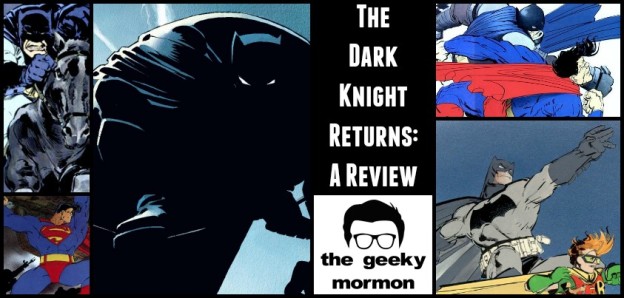

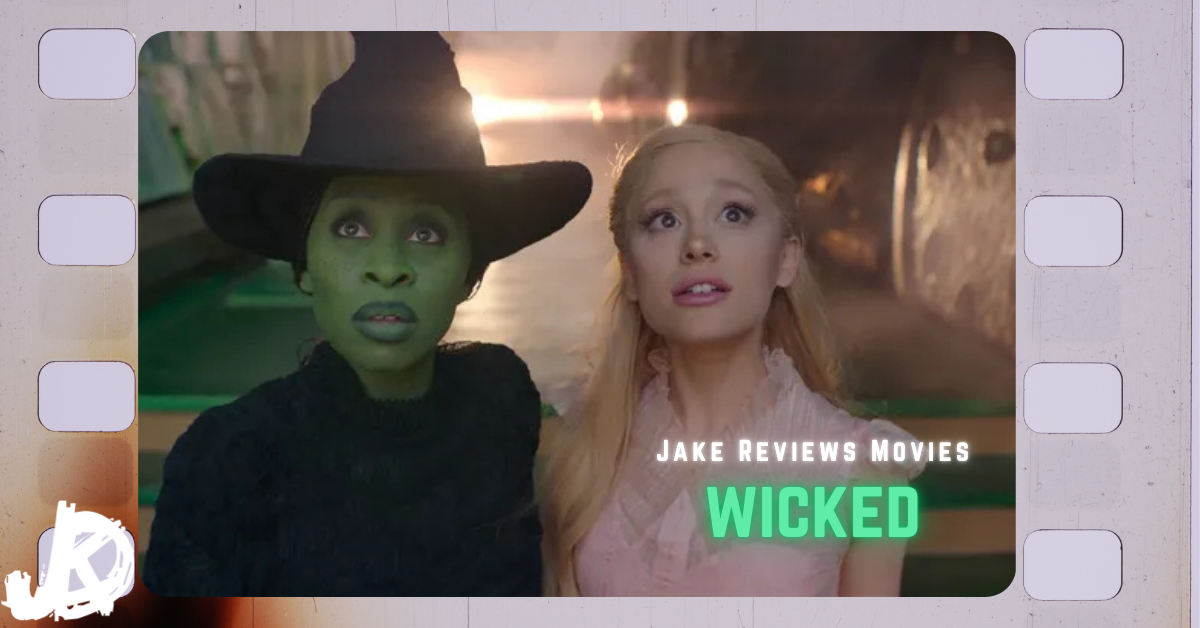
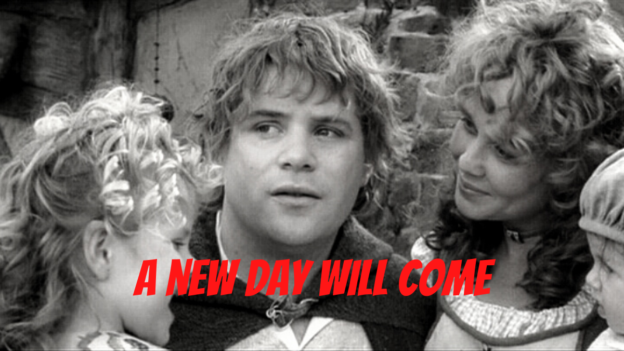
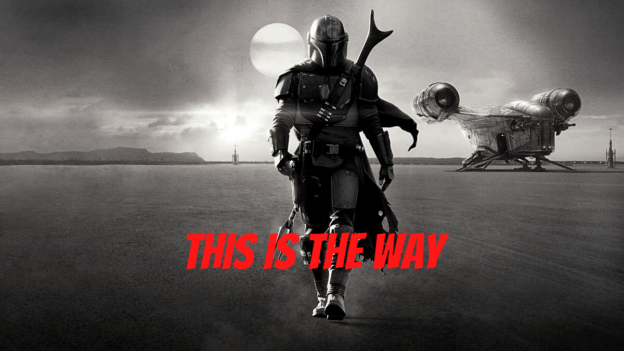
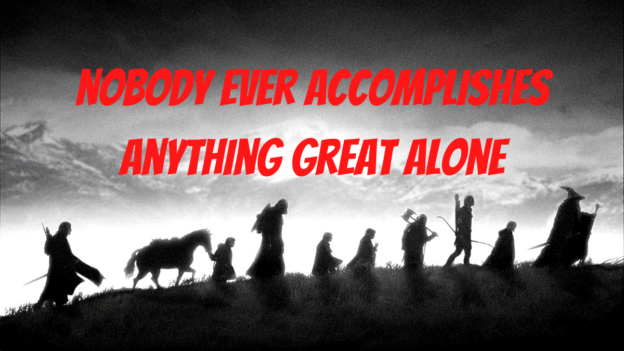
5 responses to “The Dark Knight Returns: A Review”
This was one of my favorites and I have been a Batman fan since the days of Adam West’s portrayal of the Dark Knight. I do believe that you made a mistake about there being no Kryptonite used in the fight between Batman and Superman, if you will review the battle, a one armed Green Arrow shot Superman with a special arrow supplied by Batman.
I have always felt that the darkness that is presented in the later portrayals of Batman was a reflection of our times and added a more realistic and honest presentation of crimefighting here in the U.S. If one studies the history of organized crime, you get a very dark and horrifying picture of the corruption that existed in local and national government and it can lead to a distrust of those in public office and those who have power. Some do not like to think about these dark realities, they enjoy seeing good always triumphing over evil, yet if you study history this ain’t always the case, you can see how good folks were fooled and manipulated into aiding the bad guys.
I did miss the fact that Ollie showed up and used a kryptonite arrow. Thanks for the correction. I also agree that Batman is a reflection of some very dark realities, and I get that. I personally read comics and things like that to escape and prefer lighter stories. I know that’s not always reality, but I am ok with that. From a strictly story aspect this is very well written and a must read, it’s just not my favorite. I would still recommend it.
I can respect that, honestly looking into the dark side of life tends to make one too negative, most folks like to be more optimistic and that attitude is truly needed to live a good life and is a reflection of the ultimate victory good over evil.
It has been a while since I have read this story, but I appreciate your comments on this landmark comic book. If I may, I think more could be said about the setting of the story and the tone of the storytelling, because each of those influences how the story is understood.
First, as you said, the tone is definitely dark. But it is also deeply satirical. Take, for example, the psychologist who claims Batman is a villain and the Joker is his victim. His character is clearly meant as a jab against American society’s tendency never to assign blame for wrongdoing–except, of course, against those who are trying to do something to right those wrongs.
Second, the story follows an older Bruce Wayne (in his 50s), but the setting is the 1980s. The President is clearly supposed to be Ronald Reagan (with all of the satirical/political commentary that could engender). The hyper-violent action is meant to evoke the 80s action movies of Schwazzenegger and Stallone. Up to this point, everyone’s popular view of Batman was most strongly influenced by Adam West’s depiction of the character in the 1966 TV series. Frank Miller took the audience’s preconception of the character and showed them something completely different, something more in line with what they were already seeing in the movies.
Taking these two contextual clues together, I think the piece as a whole is meant to ask some basic questions of the audience. What is morality? Does morality change with the times? How do we tell the real heroes from the real villains? Like any good art, The Dark Knight Returns does not answer these questions directly, but it definitely hints at how we can start to address these issues.
Very well said. Thank you for sharing your thoughts on the story. There is definitely a heavy dose of satire throughout the whole story, and the questions the story poses are profound. I think a lot of that is why this book is a must read, whether you like Batman or not. If you read comics you need to be familiar with Miller’s work in Batman.